Art Monthly 400
October 2016
Tania Bruguera
Interviewed by Larne Abse Gogarty
Rules of Engagement
Morgan Quaintance
Critique Fatigue
Maria Walsh
Joey Holder
Tim Dixon
Buy Now – select:
Want to read this right now?
Get instant access to the entire back catalogue via Exact Editions from only £8.99!
Contents
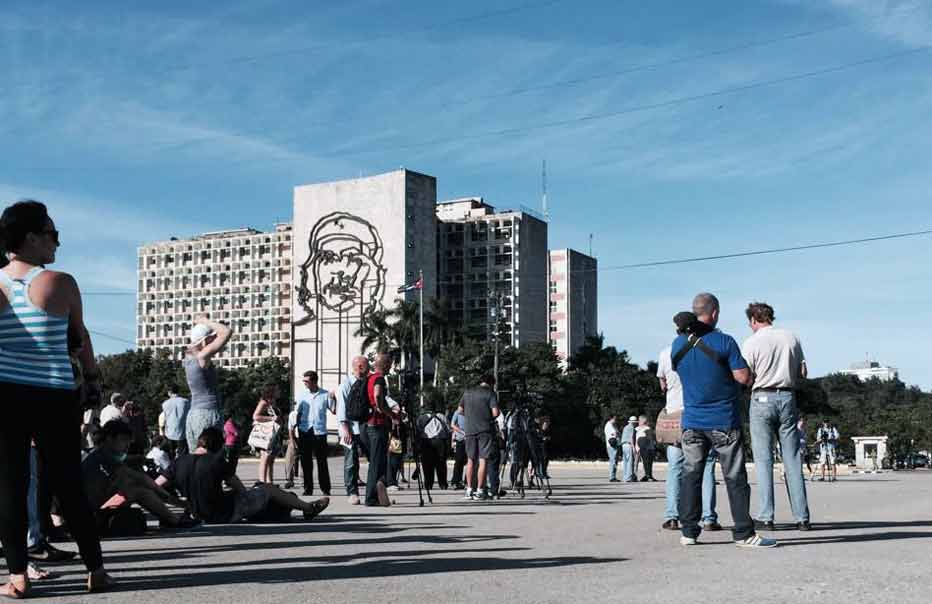
Tania Bruguera #YoTambienExijo 2014-15
Interview
Citizen Artist
Tania Bruguera interviewed by Larne Abse Gogarty
The Cuban artist, based in Havana and New York, asks what is art for? For Bruguera, part of the answer lies in re-evaluating the role of the artist in society while avoiding both political instrumentalism and institutional co-option by turning her own cultural capital into political capital.
What I am trying to propose is a type of art that is not appropriated for commodification and market interests but could, instead, be part of people's lives, whether in its ephemeral capacity as an experience or as a more permanent feature, for example as part of a city's legislation.
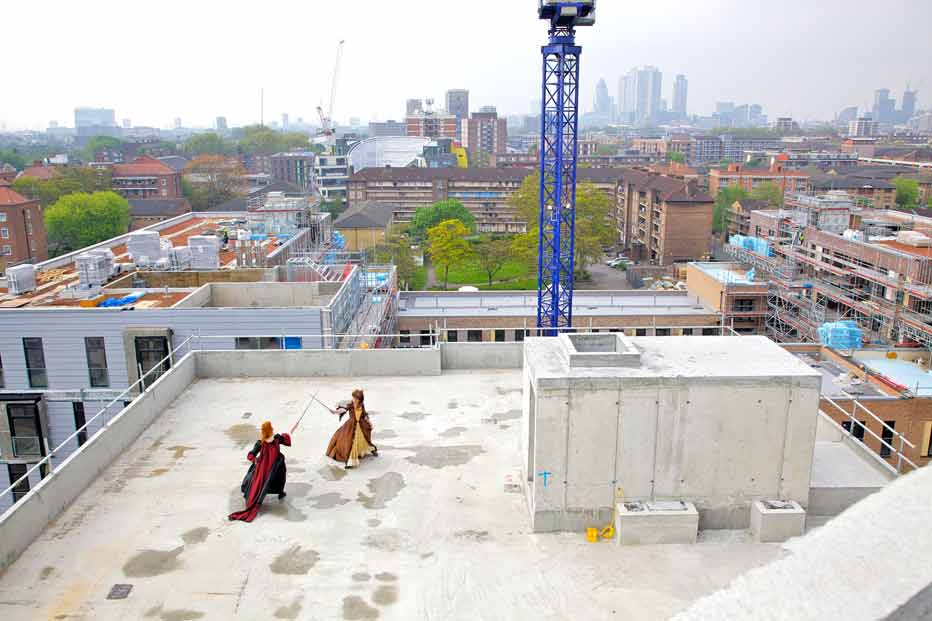
Andrea Luka Zimmerman Estate, a Reverie 2015 film
Feature
Rules of Engagement
Morgan Quaintance wonders why there is not more politically engaged art in these turbulent times
Only relatively few artists, such as Andrea Luka Zimmerman and Seecum Cheung, are dealing with the specific issues of the credit crunch, austerity and Brexit Britain, so what might be the rules for future political engagement in art?
Artworks can move beyond their sometimes institutionally imposed role as temporary sutures between the esoteric world of high art and the so-called 'everyday' realities of average citizens.
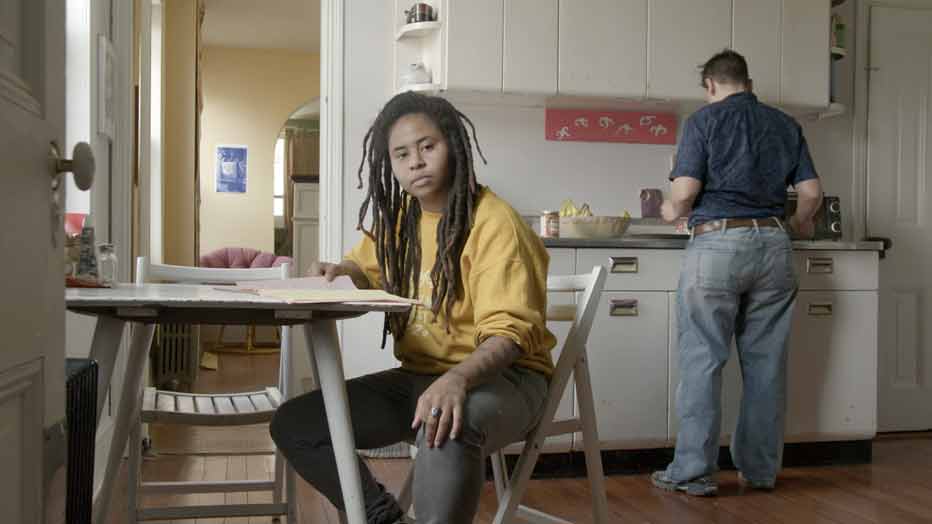
Sharon Hayes In My Little Corner of the World, Anyone Would Love You 2016 installation view
Feature
Critique Fatigue
Maria Walsh posits the end of critique
Just as criticism and the exercise of value judgements based on consensus was questioned by critique, shouldn't critique now make way for an embedded form of criticality which helps to produce meaning in art?
Meta-critique cannot operate in a world in which the separability between illusion and the real that it depended on is no longer the way reality is organised.
Comment
Editorial
40 Years On
While comparisons between the present day and 1976 reveal both similarities and regressions, there are perhaps still some reasons to be cheerful.
The magazine's 40th anniversary is perhaps reason enough to look back, but a more pressing reason, perhaps, is the pervasive sense that society in the UK is slipping backwards in time – not just back to the 1970s, which wouldn't be all bad, but further back to the 19th century.
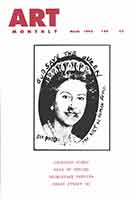 |
From the Back Catalogue |
Artnotes
Common Humanity
Matt Hancock, the new junior arts minister, claims that the creative industries have special responsibilities because 'culture transcends boundaries and speaks to the common humanity in us all'; the number of students taking performing or expressive arts subjects at A-level plummets by more tha 15%; the largest artists' studio block outside London faces closure; York Art Museum finds that introducing an entrance fee slashes visitor numbers; Italy gives €500 in arts vouchers to every one of the country's 18 year olds; the Canakkale Biennial in Turkey is cancelled at short notice due to the country's new political agenda following the attempted coup; the latest news on galleries, appointments, prizes and more.
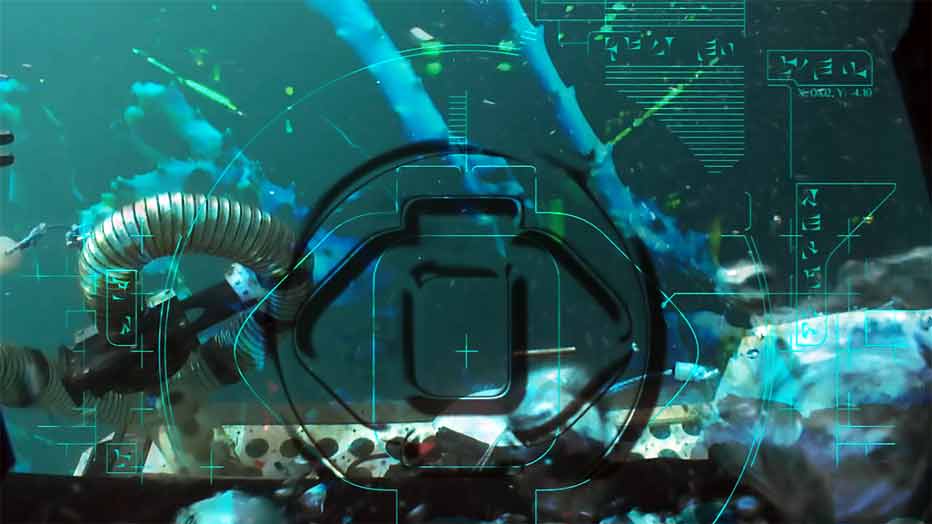
Joey HolderOrphiux 2016
Profile
Joey Holder
Tim Dixon on the London-based artist who explores the limits of the human by looking at how we experience the non-human and alien.
Central to this body of work is Joey Holder's sense that 'everything has become a branch of computer science'. The emergent field of computational biology and projects such as the Google Genomics project (which deploys the algorithms of Google Search on petabytes of 'big genomic data') lend gravity to the sense that bodies are just another dataset ready to be mined.
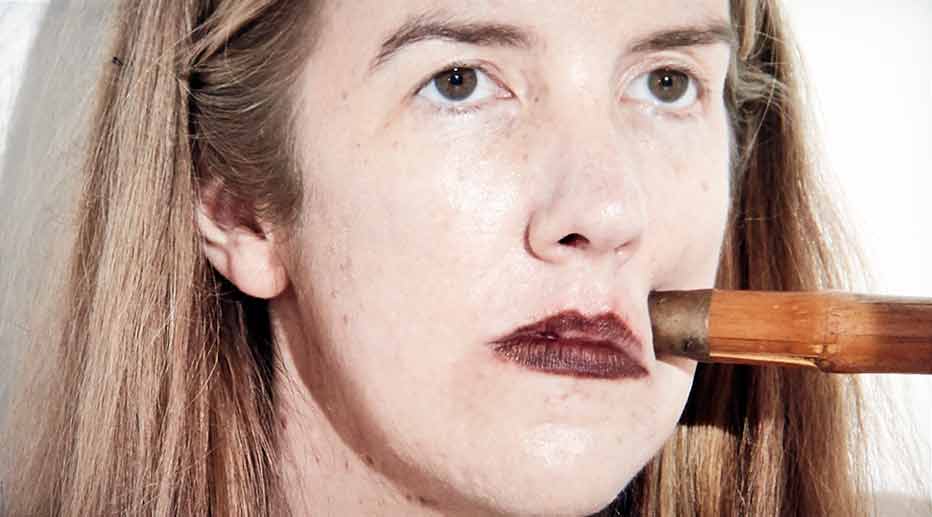
Jos de Gruyter & Harald Thys The Ape from Bloemfontein 2014 video
Exhibitions
Samson Kambalu
Kate MacGarry, London
Whitechapel Gallery, London
David Barrett
Reading as Art
Bury Art Museum
David Briers
Jo Spence
Stills, Edinburgh
Catherine Spencer
Bruce Conner: It's All True
MoMA, New York
Emma Hedditch
Vera Karlsson: Fire is Space
Piper Keys, London
Peter Suchin
Some Are Nights Others Stars
Towner Art Gallery, Eastbourne
Tom Emery
Gwangju Biennale: The Eighth Climate – What Does Art Do?
various venues
Richard Whitby
London Round-up
Arcadia Missa • CPG London • White Rainbow
Jamie Sutcliffe
Berlin Round-up
Isabella Bortolozzi • Micky Schubert • Tanya Leighton
Martin Herbert
Reviews
Books
Liam Gillick: Industry and Intelligence
Adam Pugh investigates ways past the 'contemporary' in art
It is this Baudrillardian switchblade – the containers for art driving its content, the 'complete curators' stage-managing its direction – which really activates Industry and intelligence.
Rewind Italia: Early Video Art in Italy
Colin Perry discovers a largely overlooked history
Italy was ahead of the curve even compared with Germany, the Netherlands and the UK, with adventurous new commercial galleries and both private and public institutions supporting the production of video art from the early 1970s onwards.
Reports
Tate Modern Switch House
Beyond the Axis of Affluence
Mark Prince on old problems and new solutions at Tate's extension
The problem turns out to be how things are connected. Neither Robert Morris nor Rasheed Araeen are given enough space to articulate their ambiguities before being reduced to the syntax of a narrative that confines them to boxes to tick.
Solidarity
Refugees Welcome
Bob Dickinson on art that is at home on a refugee solidarity march
Alketa Xhafa-Mripa's aim is for refugees welcome to travel throughout the whole UK, especially where the Brexit vote was large. It is a safe place to come in and talk about the issue.
Artlaw
International Art Law
40 Years On
Henry Lydiate expounds on the evolution of art law
Forty years ago there was a mere handful of specialist art lawyers, most practising in the US. Now there are numerous art lawyers, usually based in countries where they are able to sustain practices in conurbations that support a substantial art-market economy and a high concentration of practising artists (such as New York City and London).
Listings
Events
Calendar
The updated events and exhibitions calendar can also be viewed online.
Exhibitions
Exhibition Listings
Art Monthly's exhibition listings can be viewed online.












